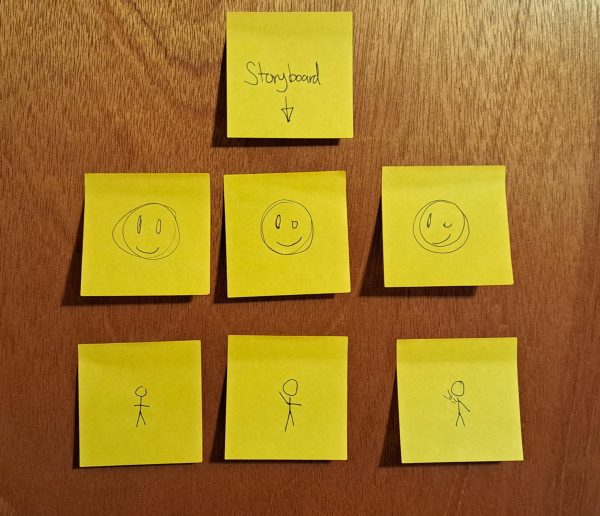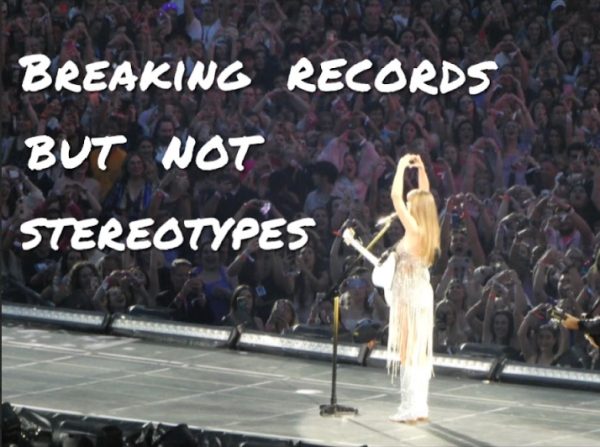Should a college education be free?
College graduates receive many benefits in their line of work. For example, the higher degree they have, the more income they make. There are more opportunities for insurance benefits, job security, and career paths. Having said this, it makes sense why employers seek out college degrees when looking for new possible employees. But what if you can’t afford to go to college?
Americans alone harbor nearly $1.5 trillion in student debt. One in four Americans are still paying off their student debt. According to CNBC, the average student loan borrower has roughly $37,172 in student loans they still need to pay off. This number has increased by $20,000 in the last thirteen years! According to the College Board, the average cost of tuition and fees for the 2017–2018 school year was $34,740 at private colleges, $9,970 for state residents at public colleges, and $25,620 for out-of-state residents attending public universities. Reported by the National Center for Education Statistics, only 52% of 2011 high school graduates from low-income families enrolled in college immediately after high school compared to nearly 80% of high-income students who enrolled.
This looming cost of college has caused many bright high school students to avoid college and, sometimes, even dropout, especially in low-income areas. If low-income students do apply to and attend college, it’s often to community colleges; they don’t branch out much because of the “sticker price” of tuition. Community colleges also tend to have lower graduation rates. While many colleges offer different scholarships to these students, it often doesn’t cover much of the cost. Only 100% needs met schools promise to offer the financial aid they believe they student truly needs, and not all schools provide this guarantee. High schools attempt to prepare their students but informing them about certain grants and scholarships in which the student wouldn’t have to pay back, but low income students are still shying away from applying to big schools.
Instead of applying for tens of grants and scholarships, why isn’t college free? Or, at the very least, less expensive?

Students hung a banner from the Cooper Union Foundation Building during a December 2012 occupation.
Some students who cannot afford the price of college in America will often apply to colleges in Europe. Countries such as Norway, Finland, Sweden, Germany, Slovenia, and France offer programs of study in English at little to no cost to international students. Even foreign countries are taking note of the state American students are in, so why aren’t we?There has been promises made by multiple legislators to look into the cost of college, but nothing has changed.
While Americans wait for change, there are organizations who are dedicated to reaching out to these low-income students and providing whatever help they can. One of the more popular, non-profit organizations is QuestBridge, a program which I myself am currently applying to college through. QuestBridge (QB) is an organization that believes that a low income shouldn’t stand in for intelligence or capability. Through their College Match Application, they give low-income students a chance to apply to traditionally the nation’s most selective schools, such as Yale and Princeton, and receive a four year scholarship. Other organizations include: iMentor, OneGoal, College Possible, and many more.
As someone who has seen my parents struggle paying even rent, a basic necessity, it is somewhat discouraging seeing college tuition priced at anywhere from $5,000-$100,000 a year. In my opinion, there should, at the very least, be more organizations and opportunities to help low-income students attend and graduate from college. Many poor students are not motivated to complete high school because of the knowledge that they cannot afford college. This train of thinking is toxic to the young mind, and something, anything needs to be done.

My name is Harley LaRue, and I am currently a senior. This is my third year working for The GNA Insider.
I moved to GNA at the end of the 9th grade...












